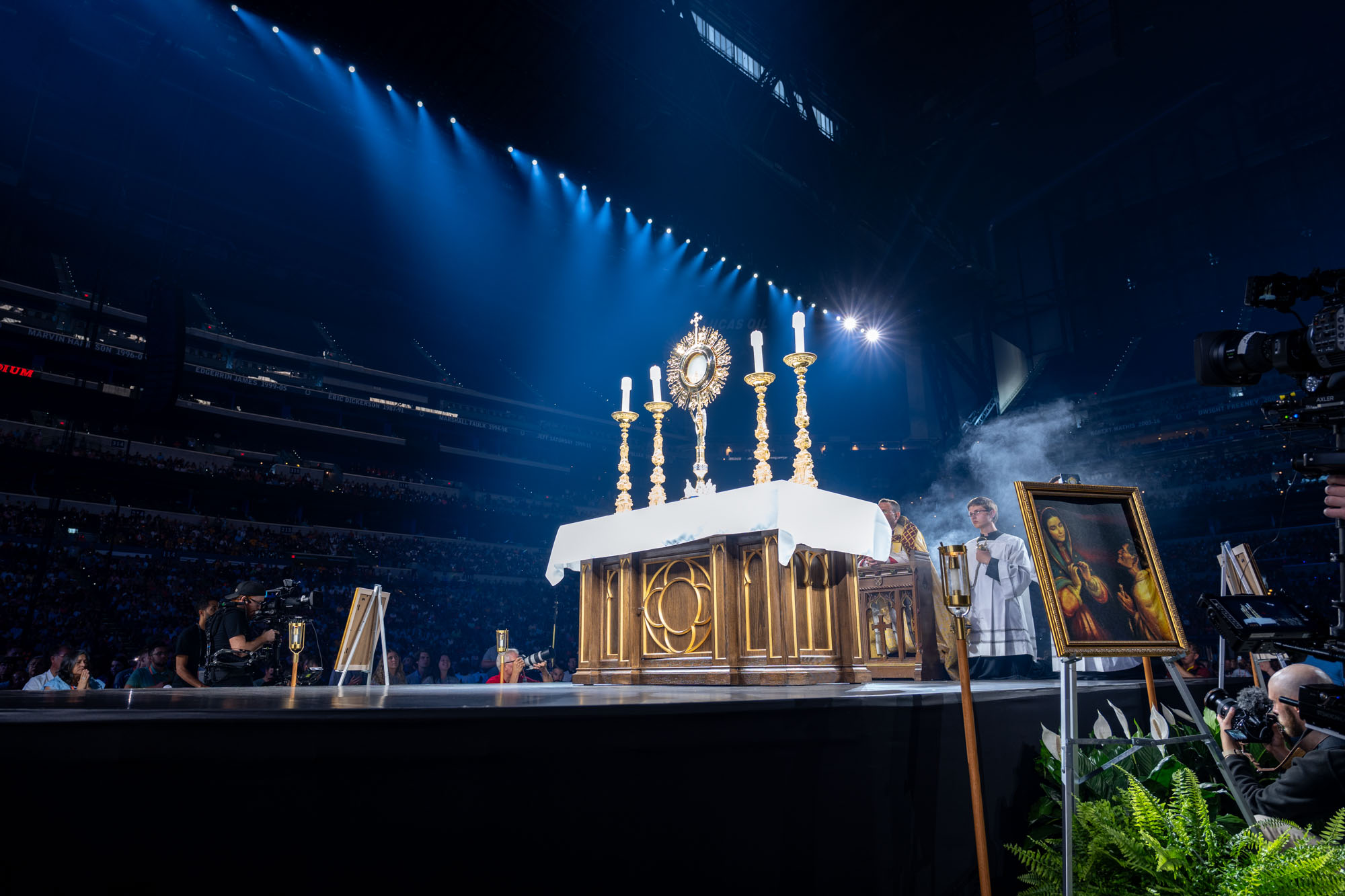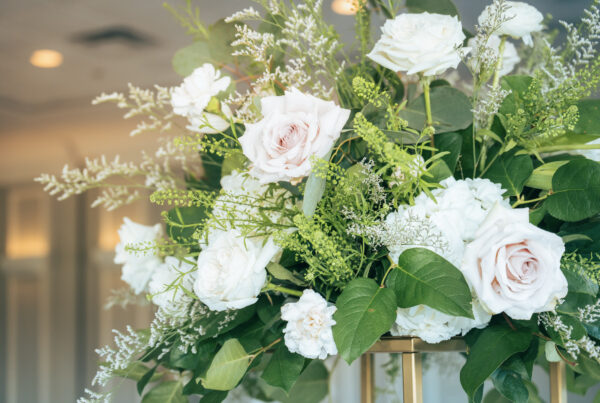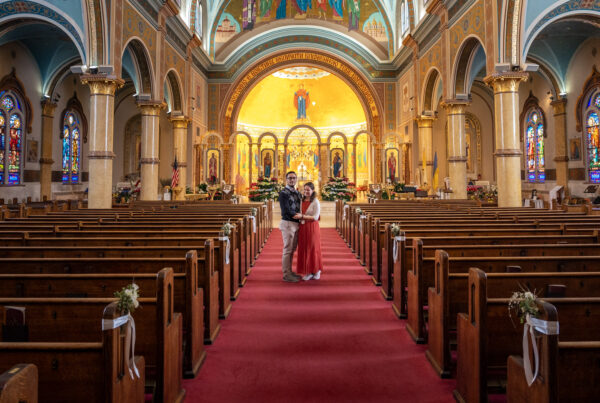Top 14 Catholic wedding traditions
A couple’s marriage is a celebration, but during the ceremony, many soon-to-be spouses also take this opportunity to honor their heritage, culture, or religion by incorporating special wedding customs. Religious wedding ceremonies are rich in traditional customs that imbue the ceremony with a deeper significance and significance. Similar to other religious ceremonies, a Catholic wedding is typically a very traditional gathering in which the couple partakes in several rites and sacraments that the church hierarchy has established.
1. Proceed to the church
Catholic churches host the majority of Catholic wedding ceremonies. The couple usually selects their home church, but they could also choose a church that has special meaning for them or their family. Generally, you will need to write to your bishop to request permission to hold your Catholic wedding ceremony somewhere other than a Catholic church.
2. Rite of Entry
There are two choices for the processional if the couple is planning a Catholic wedding. First, the best man and the groom come to the side of the church. Next, the maid of honor walks in by herself, and the bridesmaids and groomsmen accompany each other down the aisle. Finally, the bride enters with her father or another male family member accompanying them. As an alternative, the priest and servers may enter the sanctuary on their own, going to their designated spots before the wedding couple does, and greeting them upon their arrival. After the processional song concludes and everyone has arrived and taken their places, the priest leads everyone in the sign of the cross.
3. The Priest’s Greeting
Catholic weddings begin with a greeting and an opening prayer by the priest, naming the couple and asking for God’s blessings on their wedding day. And the priest asks them to join him in singing the opening hymn, which is typical “Gloria.” After finishing, the priest will offer the newlyweds an introductory prayer. After the processional, the assembly stands for the hymn and the opening prayer. They can take a seat once the priest is done.
4. Liturgy Of The Word
The Liturgy of the Word consists of multiple readings delivered by the priest or by friends or relatives that the couple has designated. An Old Testament passage is read at the start of the event. Couples frequently decide on a reading from the book of Genesis, which tells the tale of Adam and Eve’s creation. After that, everyone in the congregation will sing or speak from the Book of Psalms, including the cantor.
5. Rite Of Marriage
The congregation stands as the couple exchanges vows, pledging their allegiance to one another. However particular vows differ amongst churches, the general form is: “I (name), take you (name) to be my wife/husband. I promise to be true to you in good times, in sickness, and health. I will love and honor you all the days of my life.”
6. Ring Ceremony
After the couple says “I do,” the best man usually hands the bride’s ring to the priest, who blesses it and hands it to the groom to put on the bride’s finger. Following that, the priest receives the groom’s ring from the maid of honor, blesses it, and gives it to the bride to wear on the groom’s finger. Each may state, “I take this ring as a sign of my love and faithfulness in the name of the Father, the Son, and the Holy Spirit.”
7. Lasso and Arras
The arras ritual and the lasso ceremony are also frequently used in Hispanic Catholic marriages. As additional symbols of the couple’s unity in marriage, each of these rites is a unity ceremony.
8. Catholic Wedding Conclusion With Mass
If the Nuptial Mass is part of the ceremony (which adds about fifteen minutes), the Mass follows these Catholic customs for marriage. Depending on the church, the sequence may change a little, but you can expect each element to be present.
9. Offertory
This is when the altar is prepared for communion, also known as the Liturgy of the Eucharist. The priest delivers the Eucharistic prayers over the bread and wine for communion after the couple or other special guests have been asked to assist with the preparations.
10. Lord’s Prayer
The Lord’s Prayer, which is taken from Matthew 6:9–13, is recited by the guest.
11. Nuptial Blessing
The wedding couple kneels or stands for the nuptial blessing before the altar, and the couple receives a blessing from the priest.
12. Sign of Peace
After the blessing, the priest invites the guests to share in a sign of peace (usually a handshake) and the words,’’ Peace be with you,” with those standing closest to them.
13. Holy Communion
As the guests sing, the priest breaks the host, or bread, and gives the newlyweds communion, then the wedding guests, often with the help of servers.
14. Nuptial Blessing and Dismissal of Congregation
The ceremony ends after communion and the married couple and the guests are given a final blessing before everyone is sent away with the words, “Go in peace with Christ.”
In response, guests say “Thanks be to God.”
At the end of the ceremony, the priest, servers, wedding reception, and bride and groom exit the church in succession after the recessional. There will be a reception for the wedding after it is over. The Catholic church usually has scheduled Mass hours, so there might be a pause in time between the end of the ceremony and the reception.
Would you like to stay close to the Holy Eucharist all day long?
Now you can, I have 8 Holy Eucharist Wallpapers for you, so you can stay connected with Jesus Christ anywhere you are!








